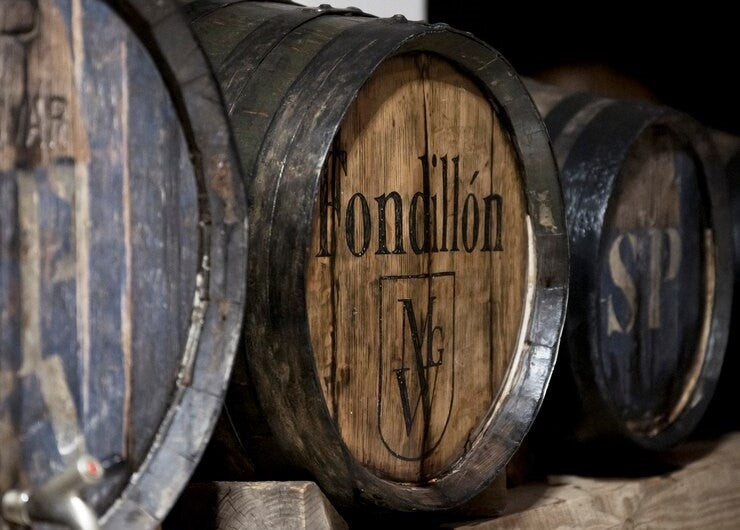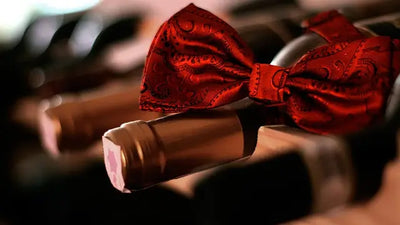Barrel aging is an essential process that transforms the flavors and characteristics of spirits like whiskey, bourbon, and tequila. When spirits are stored in barrels, they undergo complex chemical reactions that enhance their taste, aroma, and overall quality. This method, used for centuries, involves more than just letting the liquid sit in wood; it's a delicate art that significantly impacts the final product.
As the spirit interacts with the wood, it absorbs compounds that contribute to its unique flavors. Factors such as the type of wood used, the barrel's age, and the climate of the storage facility all play crucial roles in shaping the spirit's profile. The nuances added during barrel aging can make a world of difference, turning a simple drink into a flavorful experience.
In this guide, we will explore why barrel aging is so important and how different elements affect the aging process. You’ll learn about various types of barrels and how they impart distinct flavors to the spirits they contain. Together, we'll unlock the secrets behind the rich, complex notes that make barrel-aged spirits so enjoyable.
The Science Behind Barrel Aging
Barrel aging transforms spirits by exposing them to the chemical interactions between the liquid and the wood. When spirits are stored in oak barrels, the alcohol seeps into the wood's pores, extracting tannins, lignin, and vanillin. These compounds contribute to the distinct flavors and aromas that develop over time. Oxygen also plays a vital role, slowly penetrating the wood and interacting with the spirit. This process, called oxidation, smooths out harsh elements and enhances the spirit's complexity.
Temperature changes affect the aging process as well. As the temperature rises, the spirit expands and is absorbed by the wood. When it cools, the liquid contracts, drawing the extracted compounds back into the spirit. This continuous cycle, known as the "breathing" of the barrel, enriches the spirit with nuanced flavors. The longer a spirit ages, the more it interacts with the wood, which explains why older spirits tend to have deeper and more complex profiles.
Key Factors Influencing Flavor During Aging
Several key factors influence the flavor profile of a barrel-aged spirit. The type of wood used for the barrel is crucial. Oak is the most common choice due to its durability and rich flavor compounds. American oak tends to impart vanilla, caramel, and coconut notes, while European oak adds spicier and more robust flavors.
The age and condition of the barrel also play a significant role. New barrels contribute stronger wood flavors and tannins, while used barrels offer more subtle, mellow characteristics. Some distilleries opt to use barrels that previously held other liquids, like wine or sherry, to introduce additional layers of flavor.
Climate is another essential factor. Spirits aged in warmer climates mature faster as higher temperatures accelerate the extraction process. Conversely, cooler climates slow down aging, often resulting in a smoother, more refined spirit. The location within the storage facility, known as the rickhouse, can also affect aging. Barrels stored at the top experience more temperature fluctuations than those at the bottom, leading to different aging outcomes.
By understanding these key factors, you can better appreciate the intricate process that goes into creating barrel-aged spirits and the diverse flavors they offer.
Different Types of Barrels and Their Impact on Spirits
Different types of barrels significantly shape the flavor profile of spirits. American oak barrels are among the most popular, known for their ability to add sweet flavors and enhance vanilla, caramel, and coconut notes. These barrels are often used for aging bourbon, as their characteristics complement the spirit’s naturally sweet profile.
European oak barrels offer a different flavor experience, contributing spicier, more robust notes. These barrels are typically used in aging Scotch whisky and many other types of whiskey. The flavors imparted from European oak can include dried fruits, cloves, and other spices, adding a rich complexity to the spirit.
Beyond the type of oak, barrels that previously held other liquids can also impact the spirit's flavor. Barrels that aged sherry, port, or wine introduce additional layers of flavor, such as fruity, nutty, or acidic notes. Some distilleries also use barrels from other spirits, like rum or cognac, to create unique combinations and distinctive finishes.
How to Taste and Identify Barrel-Aged Flavors in Spirits
Tasting and identifying barrel-aged flavors in spirits requires practice and a mindful approach. Start by pouring a small amount of the spirit into a tulip-shaped glass. This type of glass concentrates the aromas, making it easier to detect various notes.
Begin with the appearance. Observe the color, which can range from light gold to deep amber. Darker colors often indicate longer aging or the use of heavily charred barrels. Next, move on to nosing. Swirl the spirit gently in the glass and take a deep inhale through your nose. Look for distinct aromas like vanilla, caramel, spices, and fruits, which are common in barrel-aged spirits.
Finally, take a small sip and let it coat your mouth. Pay attention to the initial flavors, the mid-palate, and the finish. Initial flavors often reflect the spirit's base, while the mid-palate and finish reveal the complexities introduced by barrel aging. With practice, you will start to recognize specific flavors and understand how different barrels influence the spirit.
Conclusion
The art of barrel aging is a fascinating process that brings depth and complexity to spirits. By understanding the science behind it and the factors that influence flavor, you can better appreciate the craftsmanship that goes into each bottle. From the type of wood to the aging environment, every detail matters and contributes to the final taste.
Exploring different types of barrels and learning how to identify their unique flavors can be an exciting journey. Whether you are a casual drinker or a budding connoisseur, the ability to taste and recognize these nuances takes your appreciation of spirits to another level. As you continue to explore this rich world, remember that each sip tells a story of time, technique, and tradition.
Ready to shop spirits to experience the rich flavors of barrel-aged spirits? Discover our premium selection at Quality Liquor Store and elevate your tasting journey today!



